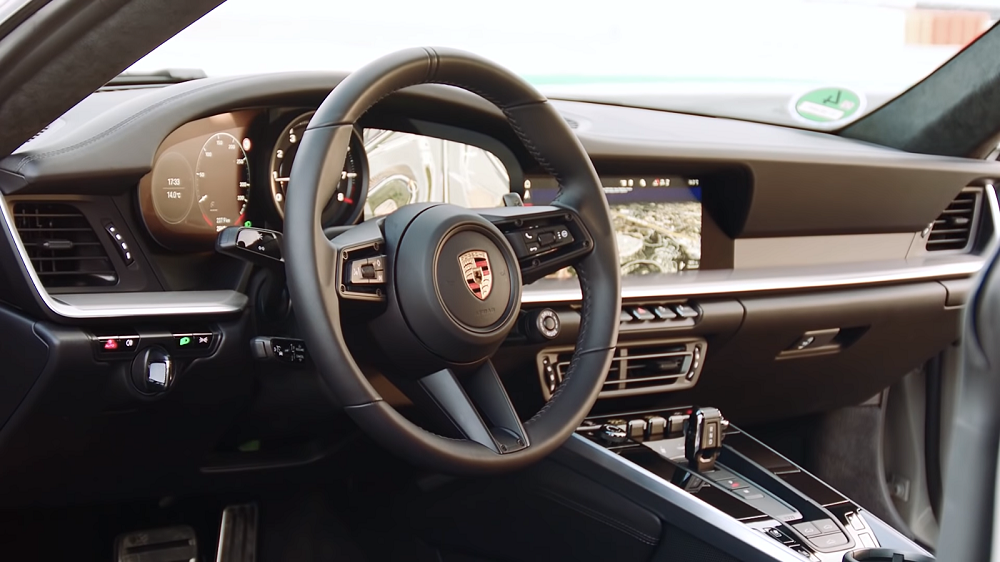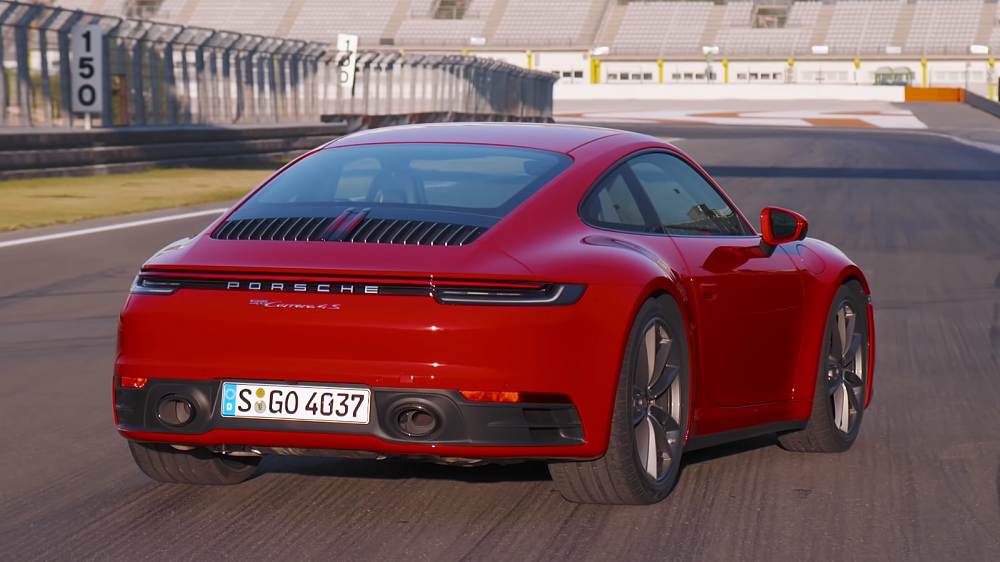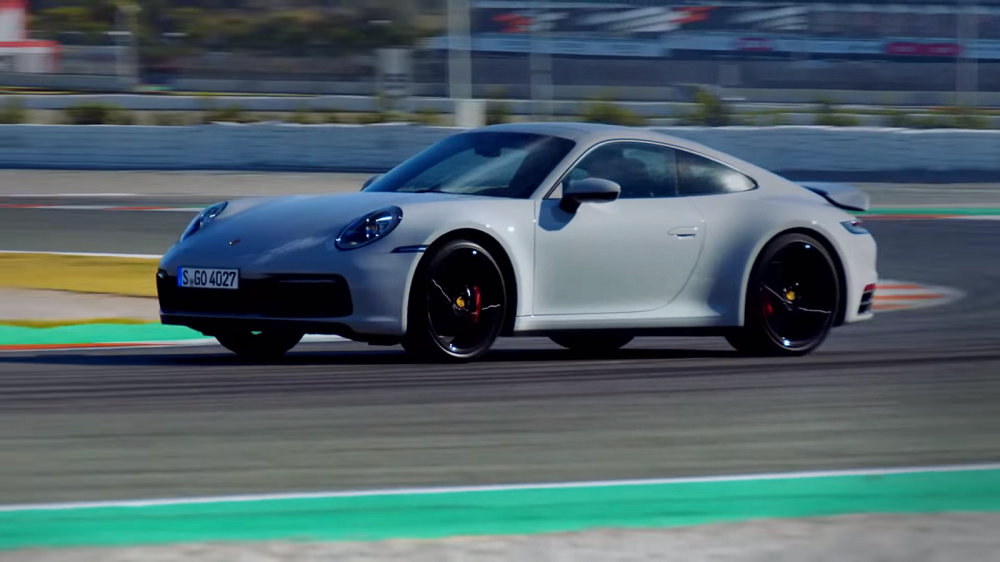992 Porsche 911 Carrera S is the Result of ‘Careful Evolution’
Edmunds discovers that the latest generation of the Porsche 911 Carrera doesn’t try to fix what wasn’t broken in the first place.
When you do something right, the way Porsche has with the 911 for more than 50 years, you don’t mess with it. If what you’ve done works, keep doing it. And the 911 has never stopped working – and selling. No one is more aware of that than Porsche. So when it came time to create the all-new 992 generation, they didn’t throw out everything that’s made the 911 such a success. As Carlos Lago of Edmunds‘ shows in this video review of the Carrera S, the 2020 version of the 911 is not a revolution. It’s the evolution of a proven vehicle.
On the outside, there’s no mistaking the fact that the 992 is a 911. It has the same basic shape as its predecessor and a similar front end. Its dimensions, particularly its widebody-only width and wheel sizes, are slightly different from those of the outgoing 991. The most significant visual update is in the rear, where a brake light strip spans the entire width of the 911’s rump. Lago points out that “the exhaust pipes are integrated into the bottom end of the rear fascia.”

There are bigger changes inside, although Porsche incorporated a lot of design cues from past 911s. The ignition is still to the left of the steering wheel and the analog tach is in the center of a horizontal five-gauge cluster. Lago says, “The entertainment screen, it’s a 10.9-inch screen that’s the same one that you get in basically all the new modern Porsches – Macan, Panamera, Cayenne, and so on.” While it is compatible with Apple CarPlay, it does not run Android Auto…yet. Porsche has gone to great lengths to reduce button clutter inside the 992. They’ve also streamlined the shift knob, which Lago likens to a “beard shaver” for obvious reasons.

Like its predecessor, the 992 Carrera S uses a twin-turbo 3.0-liter flat-six engine, albeit with more power. Output is now 443 horsepower and 390 lb-ft of torque, which is good for a 0-60 mph run in as little as 3.3 seconds (with the Sport Chrono Package). That F6 is still connected to a PDK gearbox, which now has eight gears instead of seven.

Porsche has tried to keep the 911’s signature balance of comfort and sportiness while broadening the space between both ends of that spectrum. According to Lago, it’s tweaked the Porsche Active Suspension Management to make the 911’s suspension softer on the road and stiffer during aggressive driving. The PDK’s extra gear enables the 911 to be both quicker and more fuel efficient.
Overall, Lago is pleased with the 911 and is looking forward to how the newest generation of it will progress. Knowing Porsche, that progress will take place gradually, but each step of it will be in the right direction.
